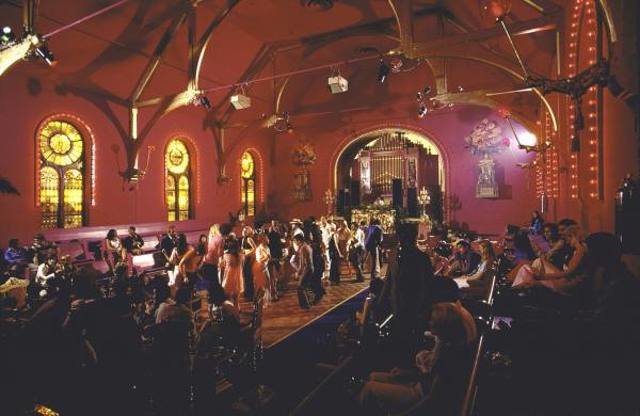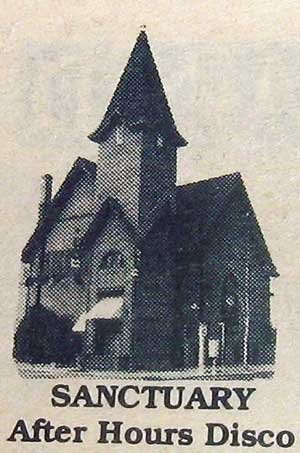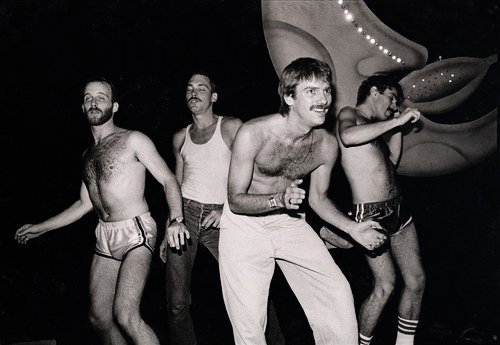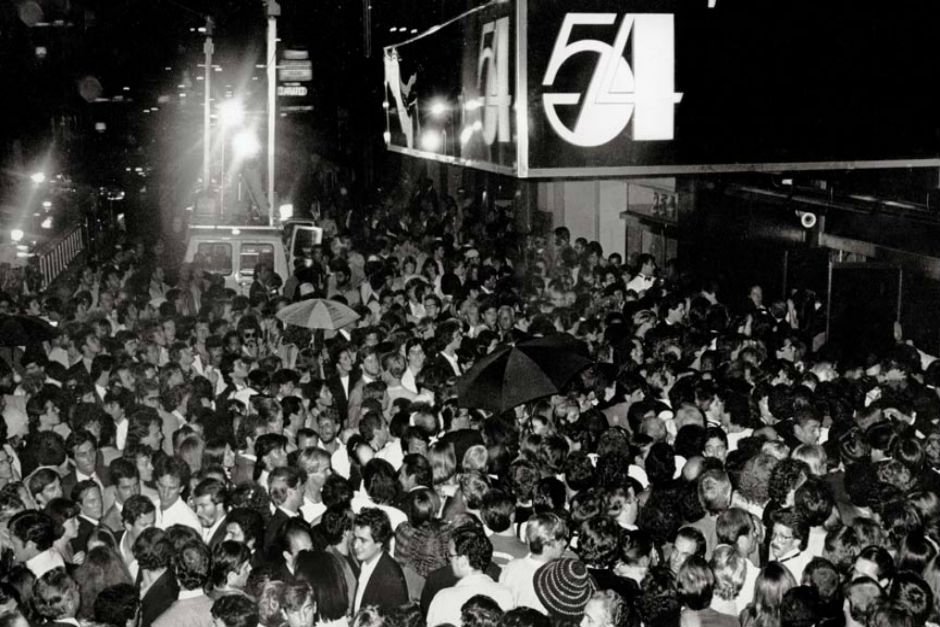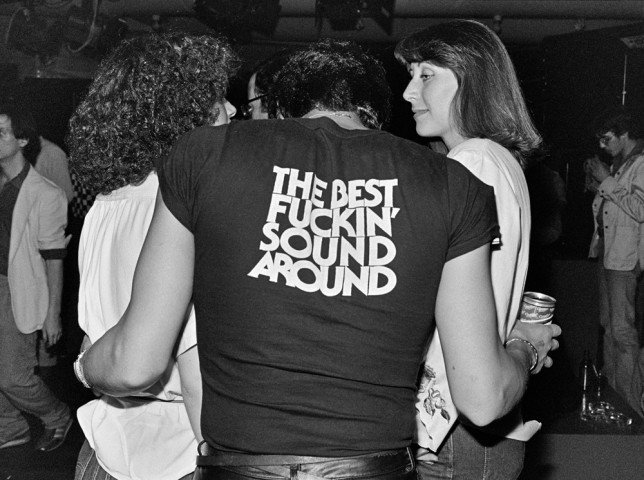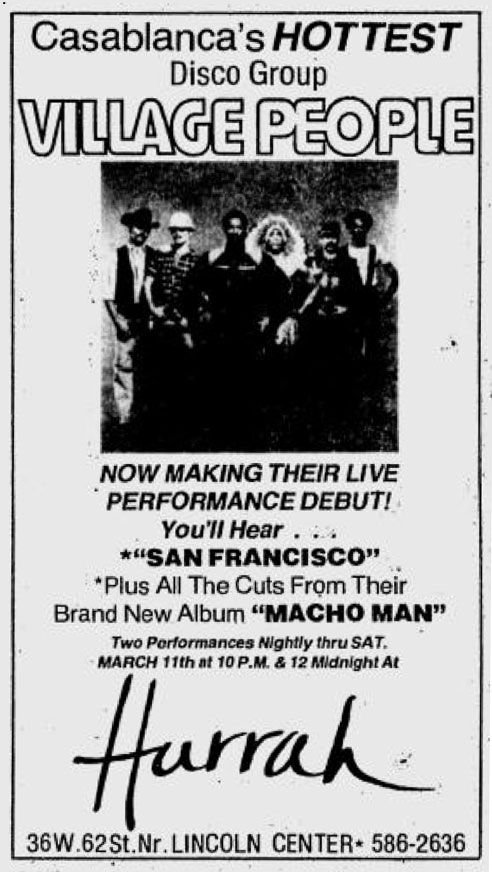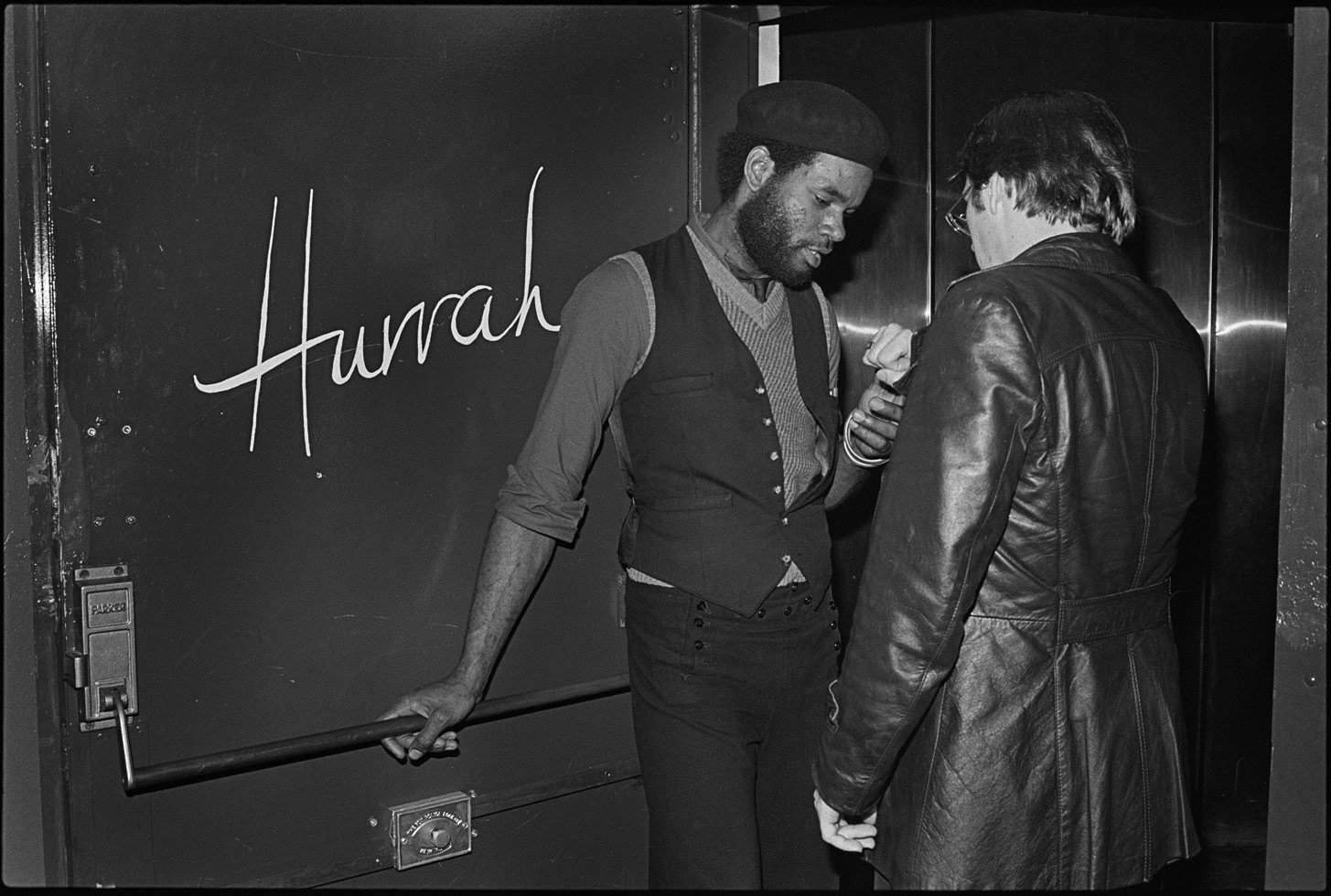Fire Island DJ Don Fendley
Don Fendley’s DJ career began in New York during the late-1960s at a Fire Island Pines club called The Blue Whale at the Botel. Fendley had become frustrated with the starting-and-stopping of the Blue Whale jukebox, so he suggested to the owner that he could bring along some of his own 45s and a couple turntables.
The music quickly became a hit and by 1970 a neighboring restaurant called The Sandpiper reacted by expanding its hours to accommodate late-night dancing. Fendley was hired there, and pretty soon, a MAJOR dance scene developed around his inspired selection of obscure high-energy funk/soul.
Several people with first-hand accounts of that earliest period say (emphatically!) that the New York disco scene did not exist before Don Fendley (and another DJ named Ray Yeates) came along. And here are a few other comments discovered online (note: Fendley’s name is often mispelled):
DJ Larry Sanders:
“It was like experiencing something supernatural while Don Fendley, the Sandpiper’s first disc-jockey, created a musical masterpiece for those of us lucky enough to be on the cutting-edge and inside the most prestigious club on the Island, if not the world! Tom Moulton was there too, debuting his reel to reel tapes that summer for the who’s who list of upstart fashion designers, models, so‐ cialites, celebrities, entrepreneurs and professionals of all walk. It was under the esoteric influence of Fendley and Moulton that ev‐ eryone united on this one very special dance floor.”
12 West owner Alan Harris: “I would have to say that Don Fendley was God for that period. There was nothing better than seeing everyone sing along to ‘What’s Going On’ and ‘Ain’t No Mountain High Enough.’ He knew when to interject those records to create the maximum sensual effect, and people began to feel comfortable dancing in one another’s arms.”
DJ Barry Lederer:
“The Sandpiper was really THE place to be. It was a DJ’s dream to play there as all the ‘right’ people went there to dance. I mean designers, record executives, DJs and all else. It’s hard to explain, but the Fire Island was what Studio 54 was later on. It was the place to be. Tom Moulton made tapes there. The year prior to Tom was 1971 and a DJ named Don Fendley played the Sandpiper. This wasn’t his only year there, but his best! Though many people don’t know of him.”
As noted, famed remix master Tom Moulton
pioneered the use of the mix tape, presenting his first reel to Don Fendley at The Sandpiper in the summer of 1972. The pre-formulated mix tape allowed a DJ to avoid live mistakes by perfecting crossfades, balancing levels, and some‐ times extending songs through editing. A DJ would then lend the tape to a club to serve as their ‘performance’. Don Fendley immediately followed suit, committing some epic sequences of killer soul to mix tapes which, 40 years later, now serve as one-of-a-kind snapshots of the era.
Fendley continued at the Sandpiper throughout the early 1970s, but alternated at Manhattan spots like The 10th Floor, Sanctuary and The Continental Baths. During the mid-1970s, he was playing Le Jardin and Hurrah’s (there’s even a story posted online about his desperate attempt to recover part of his record collection from Studio 54 the morning after it was raided by FBI agents!).
His career took on an added dimension around 1973 when he began creating mix tapes for use at top fashion shows. Fendley would meticulously craft a programme of music to suit the style, mood, and variety of a particular fashion line. He became so expert at this, that virtually every well-known designer hired him for their shows. In addition, he was even moonlighting as a DJ for celebrity parties by Mick Jagger, Jackie Onassis, Joel Schumacher, George-Paul Rosell, Halston and many others.
Hey Mr. DJ a remembrance by Don Fendley. A Knoxville native recalls the best days of disco at Studio 54. By Adrienne Martini OCTOBER 5, 1998:
Don Fendley’s eyes glitter like two giant mirrored balls when he talks about New York in the 1970s. In his mind, he’s back in Studio 54, immersed in the legendary party. His body, however, is in the living room of his Farragut home, which is crammed full of old magazines, art, newspaper clippings, and CDs. Fendley’s pedestrian surroundings belie his halcyon days in the 1970s. “I never thought much about it—when I was doing it,” Fendley says. “Then you think back and think ‘Wow. That was pretty special.'” It was an exciting time to be in the big city, which was full of endless possibilities for a young man from Knoxville. That’s right—Knoxville. Fendley graduated from Bearden High School in 1962 and spent some time in Colorado, California, and New Hampshire before he found the glitter of Manhattan ir‐ resistible. One of this city’s own was at ground-zero of the disco revolution, and lived to tell about it. While many of us probably have a couple of dusty disco memories, few have the credits that Fendley has. Through his work as a DJ and later as a music programmer for fash‐ ion designers, Fendley rubbed elbows with the New York disco scene’s rich and famous, and called some of them friends. While his personal story follows the traditional coming-of-age formula, the backdrop is newly in vogue. The Disco Years are now the staple for books, films, and sit-coms. Two films set in this era were released during the last six months—The Last Days of Disco and 54 which indicate the beginnings of a full-blown trend to use the decades’ discos as settings for stories. But the 20-year distance between the creators of these entertainments and the era itself have cheapened it somehow, narrowed the focus to the most salacious highlights while ignor‐ ing the backdrop of more typical lives. Fendley, by sharing some of his memories of this now-hip decade, punctures some of the exaggerations of our current obsession with ’70s disco legends like Studio 54. Fendley did not, however, move to New York and immediately find himself immersed in this world of dancing celebrities. Like most struggling actors/models, he waited tables.
As a waiter, he made connections. Lily Tomlin’s brother was also a waiter at Serendipity Three and hooked Fendley up with a night job at a cabaret called Upstairs at the Downstairs, where Tomlin, Ruth Buzzy, and Joanne Worley honed their acts. “I started falling into this world of actors and models and photographers and artists,” he says.
Fendley found himself on Fire Island—the vacation spot of the rich and famous, people like Calvin Klein and Halston. Fendley went to the “Botel,” a combination hotel, boat dock, and night spot, and checked out the dance scene at the Blue Whale bar. “It was terrible,” he recalls. “They had a jukebox when I first went. You’d want to dance and start dancing, and then the song would stop and the next one would come on, but it might not be a dance song. It would be a slow song. “So I convinced the owner to let me put in two turntables, which I’d been doing at home. A friend of mine put in a mirrored ball with a spot on it. It was like magic. At the end of the night, people would stand and applaud. It was endearing. From this, Fendley grew to DJing in some of the premier clubs in the city, like Le Jardin and New York, New York. His steady gig was at a club called Hurrah’s, which was Studio 54’s largest competitor. Still, he was immersed in the land of celebrity. “Diana Ross would come there and some of the Saturday Night Live crew. Diana Ross would get up in the booth with me and work the lights. She loved to play around,” he says. “Gilda Radner I met at the door one night. You ran into so many celebrities like you would, in Knoxville, friends. You’d see them and you weren’t surprised this was Robert DeNiro. Grace Jones was a good friend.
Working with Halston, I became friends with him also. I did music for the parties at his house. His parties, his salon, his fashion shows—and the other people picked up on it and I started doing it for Calvin Klein. So I stopped playing at clubs because I went a step beyond just a disco DJ.” It was this step beyond that made him a fixture at 54, where he would spend five nights out of seven hob-nobbing with the rich and famous…
But his memories of Studio don’t jibe with the movie to use the club as a background. In his opinion, 54 the movie “was kind of stupid. It didn’t show the real club. The real club was really glamour. I mean, fashion. Sure there were the crazy fashions and a few offbeat people there but you never saw really beautiful people or models or celebrities [in the film].
Fendley
left the NYC nightlife in 1984 and returned to Knoxville to take care of his mother, who was suffering from Alzheimer’s. But you can see the city lights flash behind his eyes when he talks about his life two decades before, a lifestyle that ’90s pop media seems determined-yet-unable to fully capture. Perhaps it is because a universe full of easy sex and plentiful drugs is anathema to the mindset of the late ’90s. Perhaps, this is because we are unwilling to listen to the voices of those who were there, one of whom lives right under our proverbial noses.






